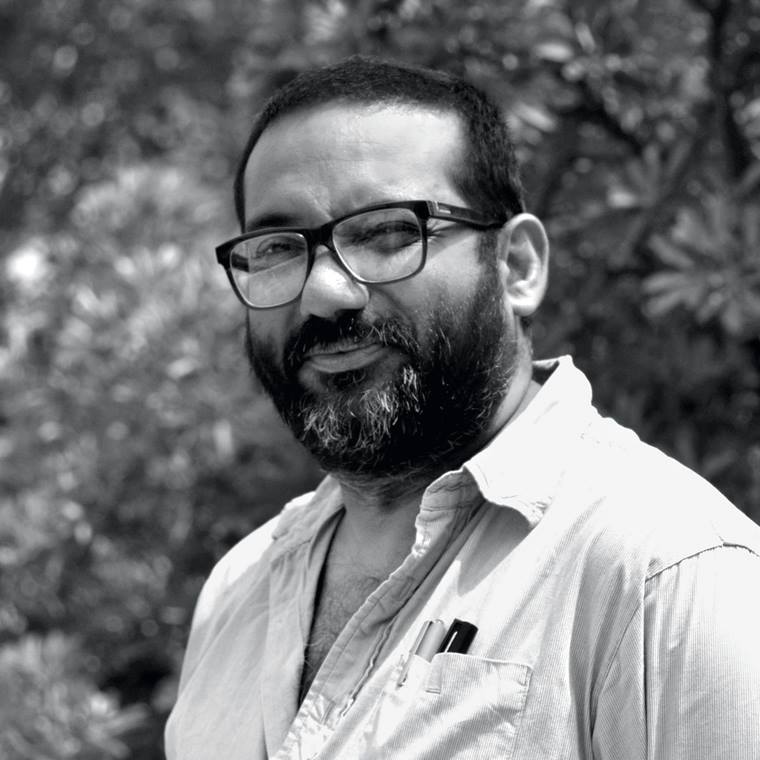Tyeb Mehta was an Indian painter, sculptor, and filmmaker. He was part of the Progressive Artists’ Group and a man who embraced modernism, post-impressionist colors, cubism, and expressionism instead of nationalist art of Bengal School of Art. One of his most noted painting is the triptych Celebration which was sold in Christie’s auction in 2002 for Rs 15 million. It helped in booming the Indian art market.

Early & personal life
He was born on 26 July 1925 in Kapadvanj, Kheda in Gujarat. At the age of 22, during the partition riots of 1947 in Mumbai, he witnessed a man being stoned to death by a mob, it made a long-lasting impact on his work leading to the disturbing depiction of subjects in his paintings.
Initially, He had worked as a film editor in a cinema laboratory at Famous Studios in Mumbai. Later on, he completed his diploma from Sir J.J. School of Art in the year 1952. After that, he became a part of the Progressive Artists’ Group.
Mehta spent most of his life in Mumbai. He is survived by his wife, Sakina, their son, Yusuf, and a daughter.
Career
He left India for London in 1959, where he worked and lived for 5 years. In 1968, he was awarded John D. Rockefeller 3rd Fund, and he visited New York City. During his time in London, his style was influenced by Francis Bacon but when he was in New York his works were characterized as minimalism.
He made a three-minute short film Koodal (meeting place) in 1970 and won the film fare critic award. Between 1984-1985, he remained an Artist-in-Residence in Santiniketan and returned to Mumbai with a significant change in his art style.
Common themes of his works were trussed bulls, rickshaw pullers, and diagonal series. Later on, he added Falling figures made in 1991, based on his early life experience of the 1947 partition and riot. He also added many Hindu mythological figures into his works.
One of his paintings Kali sold for 10 million Indian rupees in 2005 in Saffronart’s online auction. His painting Mahishasura was sold for $1.584 million. In 2008, one of his paintings was sold for $2 million. In Dec. 2005, his painting Gesture was sold for 31 million Indian rupees to Ranjit Malkani. That made it the highest price ever paid by an Indian for a work of Indian contemporary art at auction in India at the time.
Awards
- John D. Rockefeller 3rd Fund in 1968.
- Gold medal for paintings at the first Triennial in New Delhi in 1968.
- In 1974 the Prix Nationale at the International Festival of Painting in Cagnes-sur-Mer, France.
- Kalidas Samman, by the Madhya Pradesh Government, in 1988.
- Dayawati Modi Foundation Award for Art, Culture, and Education in 2005.
- Padma Bhushan in 2007

Vikash Kalra is a self-taught artist and writer based in New Delhi whose work has been exhibited across India and is held in several private and corporate collections.